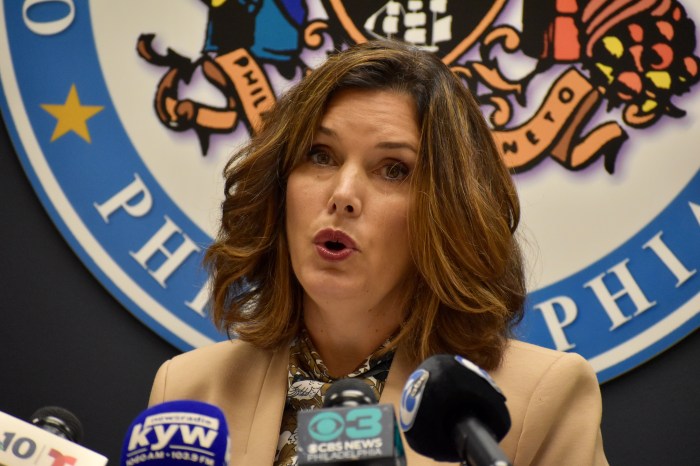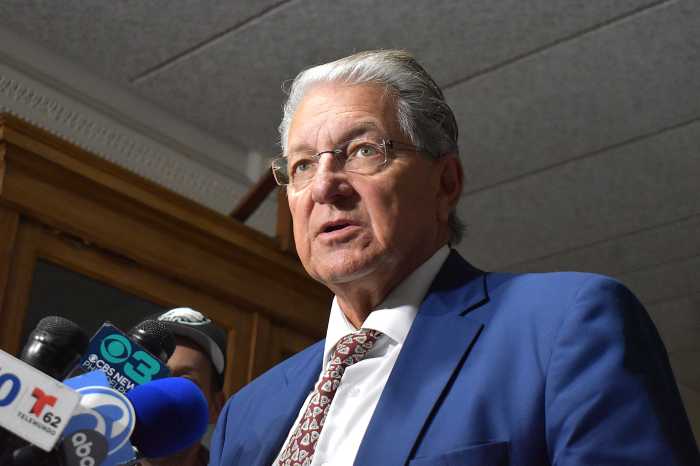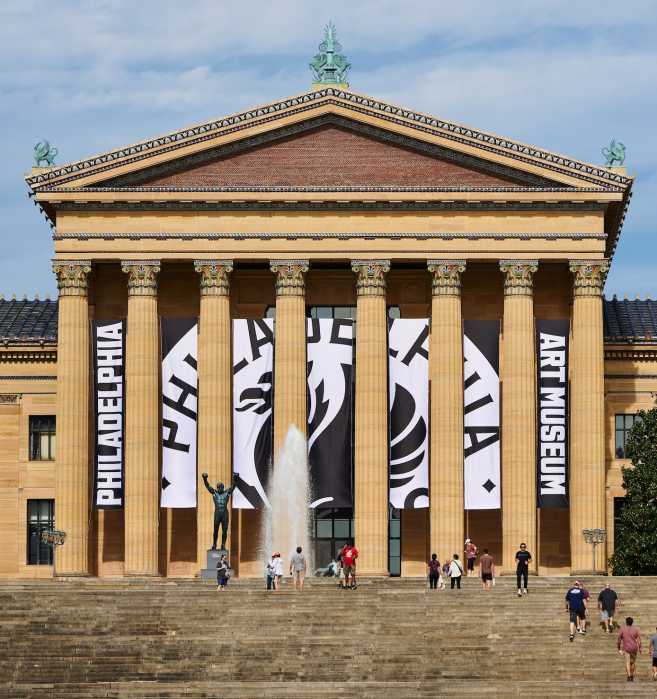City Controller Christy Brady wants the city of Philadelphia to streamline applications and reduce fees for restaurant owners pursuing streeteries – the curbside seating arrangements that sprung up during the early days of the COVID-19 pandemic.
The current municipal process is too burdensome, and city guidelines appear to have led to fewer outdoor options in recent years, the controller’s office said in a report issued Wednesday.
“There is concern that these regulations disproportionately burden smaller, independent restaurants,” Brady said in a statement. “This places them at greater risk of closure and undermines their ability to sustain a safe and viable outdoor dining environment.”
In response to coronavirus restrictions, then-Mayor Jim Kenney’s administration allowed for the rapid expansion of streeteries, allowing patrons to eat at tables in the parking lane.

Previously, Philadelphia had allowed only sidewalk cafe licenses. While those permits could take up to a year to be approved, COVID-19-era streetery applications were green-lit within days.
Between 2020 and 2022, restaurateurs successfully applied for more than 864 streetery licenses, according to data collected by the controller.
The temporary regulations were extended through 2021, and then a new, permanent system was rolled out. Detailed plans were mandated; gas heaters were banned, electric service to streeteries was limited; and covered structures need to be vetted by the Philadelphia Art Commission.
In addition, streeteries now carry a $1,750 annual fee, and business owners are required to take out a $1 million insurance policy.
Brady’s report shows that only 26 streetery permits have been issued since 2023, though the number of sidewalk seating licenses has risen above pre-pandemic levels, to more than 300, compared with about 250 between 2013 and 2019.
“It has the potential to be really successful, but because there is so much red tape, because it is so expensive for so many people to get their permit,” said Ben Fileccia, senior vice president of strategy and engagement for the Pennsylvania Restaurant & Lodging Association.”A lot of restaurants that I speak to are telling me it’s almost not worth the aggravation.”
“We don’t want to see a great program like this not live up to its potential because it is so difficult,” he added.
PRLA has advocated for measures to loosen restrictions, such as legislation signed by Mayor Cherelle Parker in June allowing restaurants to set up streeteries along adjacent properties with the owner’s permission.
Fileccia noted that Philadelphia is expected to be a major tourist destination in 2026, when the city is hosting celebrations surrounding the nation’s 250th birthday, World Cup matches, the MLB All-Star game and other major events.
“We’re going to be hosting people from all over the world, and the rest of the world seems to have figured out outdoor dining,” he told Metro.
Though Fileccia was referring to visitors accustomed to the dining scenes in Europe and South America, Brady’s report indicates that other cities, such as Pittsburgh and Chicago, have simpler and more straightforward processes for streeteries.
Her office recommends a consolidated application process with a single online portal. Restaurant owners currently need to get approvals separately through the Streets Department and the Department of Licenses & Inspections.
Reducing the licensing fee – to be in line with Pittsburgh’s $150 cost, for instance – or extending the duration of the permit, from one year to four years, as is done in New York, are also reforms suggested in the report. Insurance costs, the controller argues, should be adjustable based on the size and type of streetery.
Creating an online marketplace for business owners to purchase approved designs and hire from a directory of contractors would simplify the process for eateries, the controller’s office said. New York deploys a similar system.
Streeteries are not permitted in all locations, due to road conditions, traffic and other factors, so Brady’s team recommends the city publish a map showing what outdoor dining options are available to restaurateurs in particular areas.
The report also studies the potential revenue from streeteries compared to the loss of parking fees, if the curbside space is used for seating.
For every 250 metered space taken up with diners, the Philadelphia Parking Authority would lose out on $600,000 a year but the city would collect an estimated $480,000 in additional tax revenue as a result of sales at the streetery, according to the analysis. The report describes that difference as “almost neutral,” particularly when local restaurants would generated a projected $14 million in extra revenue.





























